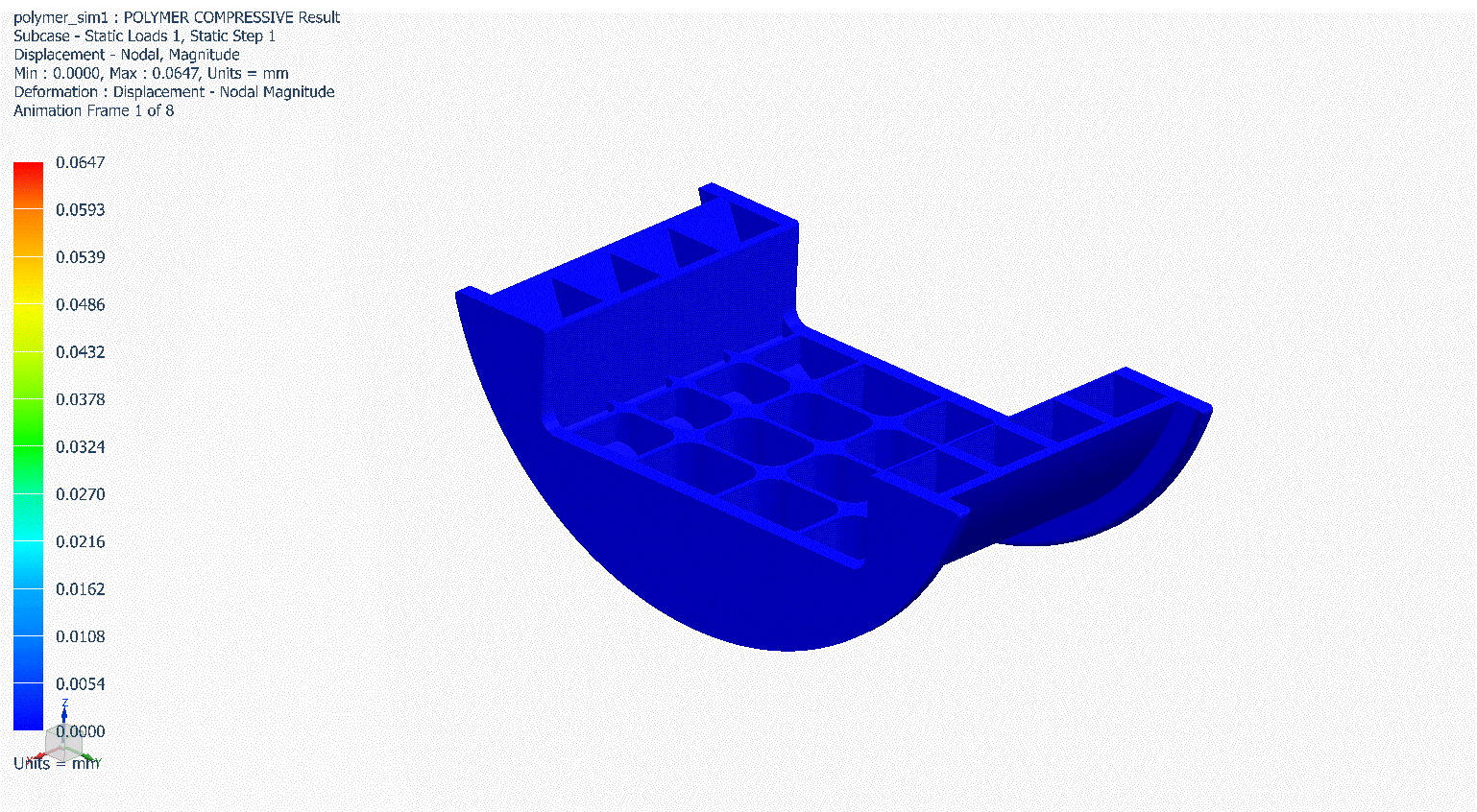Solar Tracker Bearings - Considerations for Design and Manufacture
- Updated on :
- Poly Fluoro Ltd
- Comment
With renewable energy showing no signs of slowing down, it has become of paramount importance to understand and adapt to the growing needs of this industry. The increase in outlay, combined with the aggressive targets that these projects set make it essential to have quick, ready solutions that are both scalable and replicable across projects.
Solar power plants – as we covered in an earlier article – are still on a path towards maximising efficiency. While it is true that some plants can now boast costs per unit below that of traditional power plants, this does not hold true across the industry. Furthermore, it is well known that without subsidies, many of these plants would not have been able to sustain themselves up to the point where they were no longer losing money operationally.
As one might imagine, solar plants are highly dependent on the extent to which they can maximise the exposure of their panels to the sun. It is not alone enough to have an ample quantum of sunlight. Without the panels at the right angles, the ‘harvest’ from the sun’s energy will remain low and the plant may not achieve the efficiencies needed to justify its operational viability.
We covered Solar Tracker Bearings in an earlier article, where we looked mainly at the composition of the material used. Since then, we have had the chance to explore both the design elements and manufacturing challenges that arise in this product. In addition to this, experience is showing us that the global industry is focussed on a few key sizes and developing these are the key to having a ready solution.
Load and stress considerations
The fundamental purpose of the solar tracker bearing is to bear the load of the square pipe on which the panels are fixed. This pipe is rotated by the solar tracker mechanism itself and the bearing also facilitates this rotation. The pipes are usually found in 90mm, 100mm, 120mm and 150mm sizes and these appear to be a standard across the industry.
Loads experienced by the bearing are typically vertical loads – the weight of the pipe – and radial loads as the bearings rotate while in contact with the clamps around them. It is therefore required to have bearings that can absorb this vertical load while having a low enough coefficient of friction to allow for smooth rotation.
Vertical loads could be in the range of 10-15KN (1-1.5 Tonnes). While this is a relatively low load, it is still vital to check that the bearing can accommodate it, before committing to the client.
![]()
![]()
We used 3D simulations of the assembly on our design of the bearing to check the stress points and displacements on the bearing. This is a part that would need to work over many years outdoors, so we needed to be sure it would not buckle under the loads. Our stress checks confirmed that given the loads we had defined, the part would experience a deflection of within 60 microns, which is well within the acceptable limits.

Part design considerations
As we covered before – one of the main criteria for the bearing is that it needs to be light-weight. The bearing weight feeds back into the efficiency of the solar plant. Heavier bearings imply a higher load on the solar tracker when it rotates the pipe. This in turns means a higher power consumption and a net energy loss to the system.
Keeping the bearings light-weight mean that the parts benefit from being injection moulded, not machined. Although we do have projects where we have supplied machined bearings, these are usually for trials and fitment. Once the bearings are needed in bulk, injection moulding not only allows for higher volumes, but also allows for designs such as the one we have shown above, ensuring a 60-70% weight (and therefore cost) saving over a machined part.
The mould for a given bearing would have a life of nearly 200-300K sets. Considering a single project requires anywhere between 20K and 30K sets, it is possible to develop a mould and use it over many projects.
In our experience, if the volume requirement exceeds 5K sets, it is more cost effective to develop a mould, rather than opt for the parts to be machined.
Material design considerations
We covered material composition in our earlier article. However, it is important to reiterate that the materials to be used must have the following properties:
-
Light weight
-
Low moisture absorption
-
UV resistant
-
High strength
-
Low coefficient of friction
-
Wear resistant
-
Injection mouldable
Special formulations exist that offer the above properties. Being in control of the formulation allows the recipes to be tweaked based on a client’s requirements.
There is still much to learn about the solar tracker field, but with each project, our understanding and familiarity improves.



